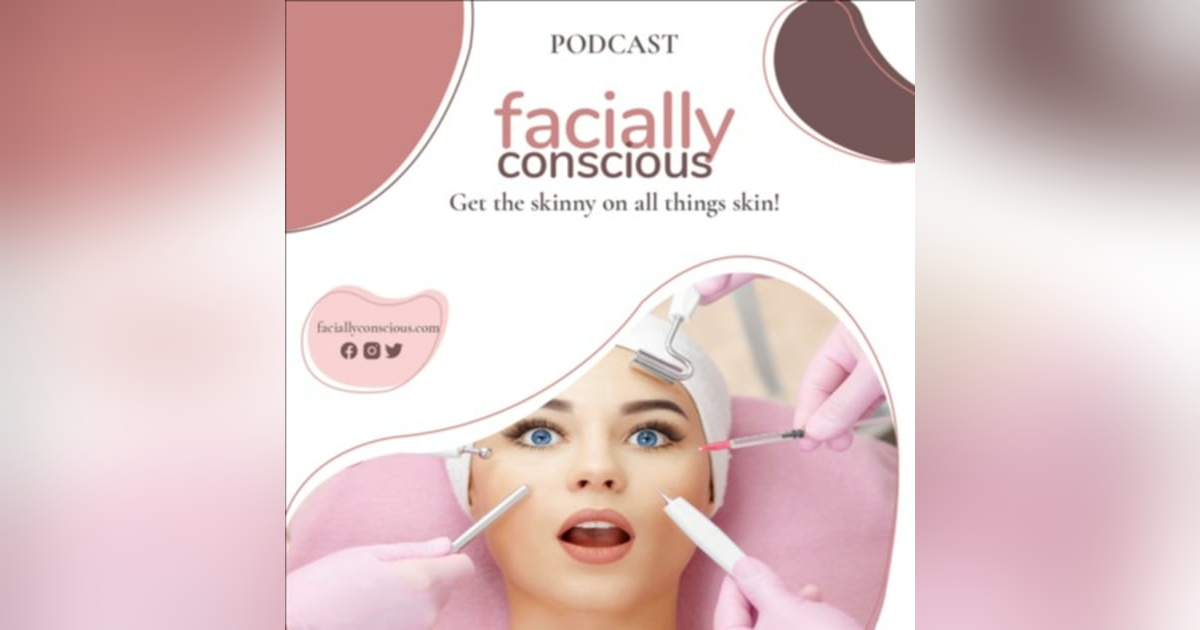Comedogenic ingredients: when is there cause for concern?

Comedogenicity, or pore-clogging, occurs when a plug of cells, sebum, and air-sensitive cosmetic ingredients oxidize and harden in a pore. The top of the plug darkens forming what we call a ‘black head’ or open comedone. Usually associated with acne and clogged pores, comedones can form in any skin type, including the driest of the dry. This is why it’s best to know your way around the world of pore-clogging ingredients.
For instance, just the presence of a pore-clogging ingredient doesn’t indicate the product will clog your pores. This may come as a shock to many of today’s estheticians, dermatologists, and influencers, but, based on clinical and histological studies performed way back in the Sixties, it’s true. Here’s other points to consider:
- How long does the product stay on your skin? The shorter the amount of time, the less likely your pores will plug up. So a cleanser with isopropyl myristate (probably the most comedogenic ingredient around) that stays on your skin for under a minute won’t clog your pores, while a moisturizer with the same ingredient will most likely be a problem after a few weeks of use.
- How much of the comedogenic ingredient is in the product? If a highly comedogenic ingredient is one of the first three-to-five to occur in the product’s ingredient list, it’s more likely to cause clogged pores.
- Are there other comedogenic ingredients in the product? The more pore-cloggers in the product, the more likely your pores will clog.
- Where are you applying the product? Not all areas of the skin are prone to comedones. Most likely to clog? Pores on the face, back, and legs. Least likely? Areas on the arms, hands, feet, front of torso, chest, neck, buttocks, and around the eyes from just under the brow to the inside top of the cheekbones just under the eye (aka: the periorbital area).
- How long and/or how frequently will you be using the product? It takes several weeks to months of consistent use for comedogenic ingredients to stick in pores and oxidize. If you’re applying a product once a week - or only using it for a few weeks - the product is safe even if it’s loaded with pore-cloggers.
What’s the best way to tell if a product will clog your pores? Look for a ‘non-comedogenic’ claim on the package or in advertisements. In order to make such a promise, the company must perform a standardized test on the finished formula to determine if it causes clogged pores.
But if you want to do it the hard way by checking every ingredient in the product, here’s a list of highly, moderately, and mildly comedogenic ingredients, as well as one of non-comedogenic ingredients that are often thought to be comedogenic.
Highly Comedogenic (5)
Acetylated lanolin alcohol
Ascorbic acid (oxidized)
Butyl stearate
Cocoa butter
Coconut butter
Coconut oil
Decaglyceryl decaoleate
Flax oil (aka: linseed oil)
Isocetyl stearate
Isoparaffin C9-11
Isopropyl isostearate*
Isopropyl lanolate*
Isopropyl linoleate*
Isopropyl myristate*
Isopropyl neopentanoate*
Isopropyl palmitate*
Isostearic acid
Lanolic acid
Linseed oil
Myreth-3 myristate
Myristyl lactate
Myristyl myristate
Octyl palmitate
Octyl stearate
Oleic acid (in natural oils)
Oleyl alcohol
Peach kernel oil
PPG-2 myristyl propionate
Squalene
Sweet almond oil
Wheat germ oil
* Isopropyl ester series
Moderately Comedogenic (3-4)
Butyl stearate
Decyl oleate
Ethoxylated lanolins (ex: laneth-10)
Grape seed oil
Hexylene glycol
Isostearyl alcohol
Isostearyl neopentanoate
Laureth-4
Lauric acid
Linoleic acid (Omega-6)
Linolenic acid (Omega-3)
Most D&C red pigments
Myristic acid
Myristyl lactate
Octyl palmitate
Octyldodecanol
Palmitic acid
Peanut oil
Sesame oil
Sorbitan oleate
Soybean oil
Tocopherol
Mildly Comedogenic (1-2)
Anhydrous lanolin
Argan oil
Ascorbyl palmitate
Avocado oil
Behenic acid
Black current oil
Borage oil
Capric acid
Caprylic acid
Castor oil
Ceramides
Corn oil
Crisco™
Evening primrose oil
Glyceryl stearate
Lanolin
Lanolin alcohol
Lanolin oil
Lauryl alcohol
Mineral oil, cosmetic grade
Olive oil
Peanut oil
Petrolatum (cosmetic grade)
Retinyl palmitate
Safflower oil
Shea butter
Stearic Acid
Sunflower oil
Non-Comedogenic (0)
Allantoin
Ascorbic acid (non-oxidized)
Beeswax
Behenic acid
Butylene glycol
Candelilla wax
Carbomer
Carmine
Carnauba wax
CBD
Cetyl palmitate
Cyclomethicone
Cyclopentasiloxane
Dimethicone
Emulsifying wax
Ethanol
Glycerin
Hemp seed oil
Iron Oxides
Isopropyl alcohol
Jojoba oil
Kaolin
Lecithin
Mineral oil, USP*
Octinoxate
Octyldodecyl stearate
Octisalate
Oxybenzone
PABA
Panthenol
Parabens
Paraffin
Petrolatum, USP
Polysorbates
Propylene glycol
Propylene glycol dicaprate/dicaprylate
Retinol
Rose hips seed oil
SD alcohol
Silicones
Sodium hyaluronate
Sodium PCA
Sorbitol
Squalane**
Tea tree oil
Titanium dioxide
Tridecyl stearate
Tridecyl trimellitate
Water
Zinc Oxide
Zinc stearate
* While not a comedogen, mineral oil can exacerbate the pore-clogging effects of comedogenic ingredients in the product
** Hydrogenated from squalene, a highly comedogenic ingredient








